One of Vancouver’s first neighbourhood showcases of urban planning is looking to adapt once more.
The future of False Creek South from a design perspective was the topic of Be the Solution, not the Problem: What can the Future hold for False Creek South? presentation featuring architects Graham McGarva, Richard Evans and intern architect Tatiana Vovchenko at annual conference in Vancouver.
The False Creek South neighbourhood, located between the Cambie and Burrard Street bridges on the south shore of False Creek, was until the 1970s flat industrial land. It was transformed into a neighbourhood that became one of the founding examples of Vancouver urbanism and mixed-use neighbourhods with affordable housing.
The city leased 80 acres of land to residents at the time and those leases run out in the 2030s.
was established in 2010 to create a dialogue with the City of Vancouver mapping out the area’s future.
Understanding the balance
Evans, a False Creek South resident, architect, and volunteer with Replan explained the origins of the neighbourhood and its current state of flux.
“There was a request for proposals issued (in the 1960s) and fortunately it was at a time when pattern language and Habitat for Humanity had been very influential over design thinking in the city. That shaped the backbone for the responses that the city received from the design community and said, ‘Let’s try something different here,’” Evans said.
McGarva said around the run up to the 2010 Winter Olympics opinion shifted within the City of Vancouver to a market housing model for the neighbourhood but successive administrations have reverted to a leasehold model.
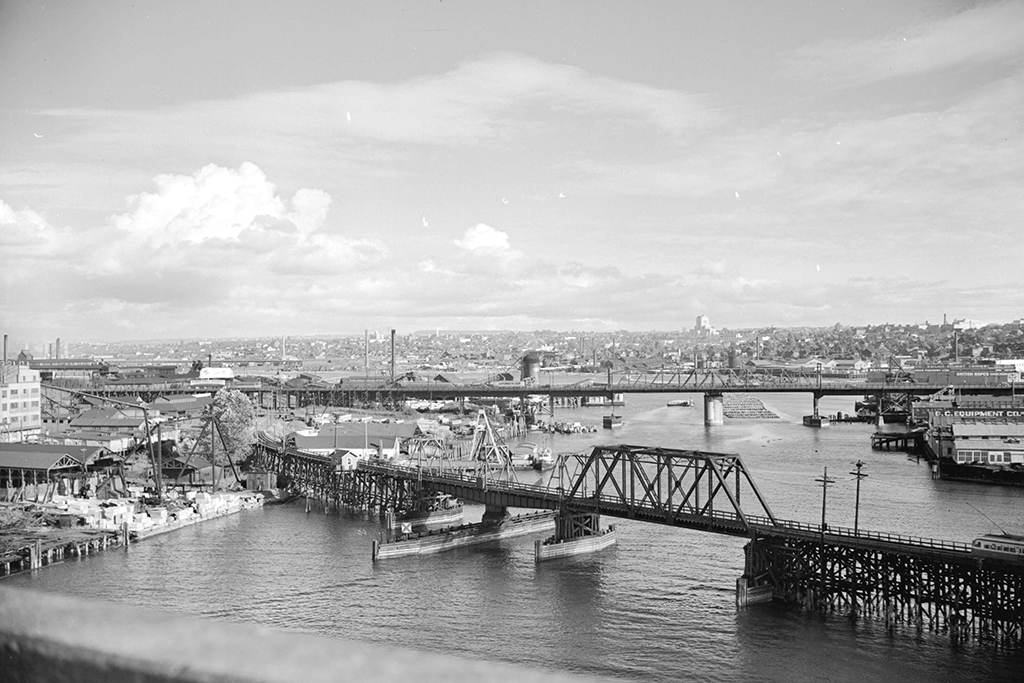
“It was such a big mistake that successive councils of whichever political stripe have looked at False Creek South and said it will remain leasehold,” he said, but cautioned the question remains as to how much those leases will cost.
He added the community realizes increased density is a necessary part of revitalizing the neighbourhood and adapting it to Vancouver’s future needs.
“We look at this high-density future and the community says, ‘Yes, we need some of these towers, whether I like them or not,’” McGarva said. “It’s understanding there’s a balance (of affordability). We talk about full-cost accounting but look at having no jobs of a certain sort within the city. We’re saying let’s go for that long-term balance.”
A respectful refresh
Replan’s proposed solution is a “respectful refresh” which would transition over time from existing buildings to an expanded built environment with high environmental performance, and Vovchenko explained vertical layering, aerial connections between buildings and access to outside spaces even in smaller residences were key components of the plan.
“The idea was to explore the same ideas embedded initially in the design of False Creek in the modern context of urban scale and have the same quality of life residents initially had but at a different scale. It’s using what’s there and getting the maximum out of it,” she said.
While the work is now in its planning and public consultation stage within the neighbourhood association, McGarva said the City of Vancouver is currently gathering a team together to move forward.
“The key thing is infrastructure, including transportation and (addressing) sea-level rise. The city knows they have a big physical infrastructure issue to know about and then see how they can tackle the social infrastructure, benefits and goals of workforce housing,” he said.
“We’re thinking instead of being nearly demolished as we were a few years ago, it makes more sense for the city to have us spend the millions each enclave is spending on roofs and waterpipes to keep it going for another 20 to 30 years while this first phase is built.”
“The pendulum has shifted from people saying low-density areas in the City of Vancouver generally should be densified because there’s a cost benefit in doing that,” Evans said. “We’re hearing increasingly existing affordable housing is the most cost effective (solution) out there as the cost of infrastructure, land and construction increases.
“It shifts the onus to a longer time frame, doing this on a more rational basis, preserving a community and knitting it into the new (structures) in a more rational way,” he said.


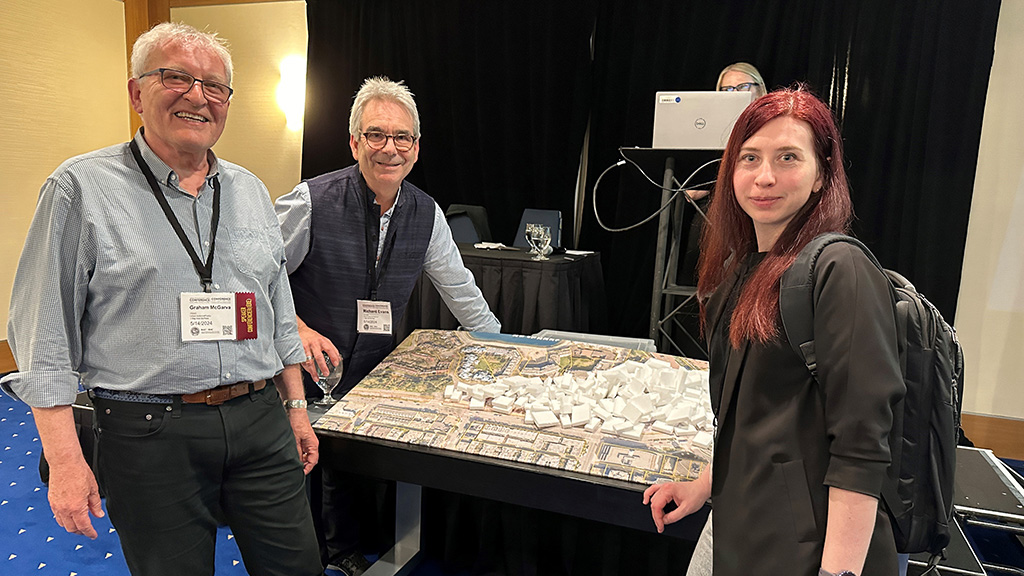
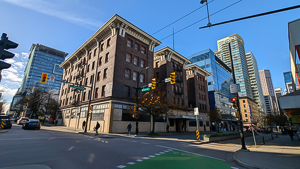
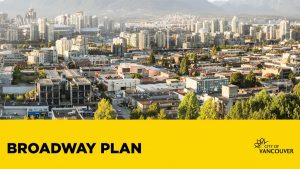
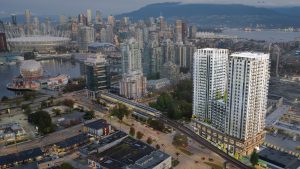


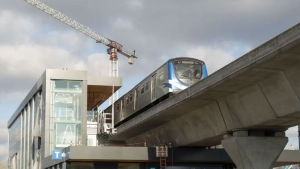


Recent Comments
comments for this post are closed